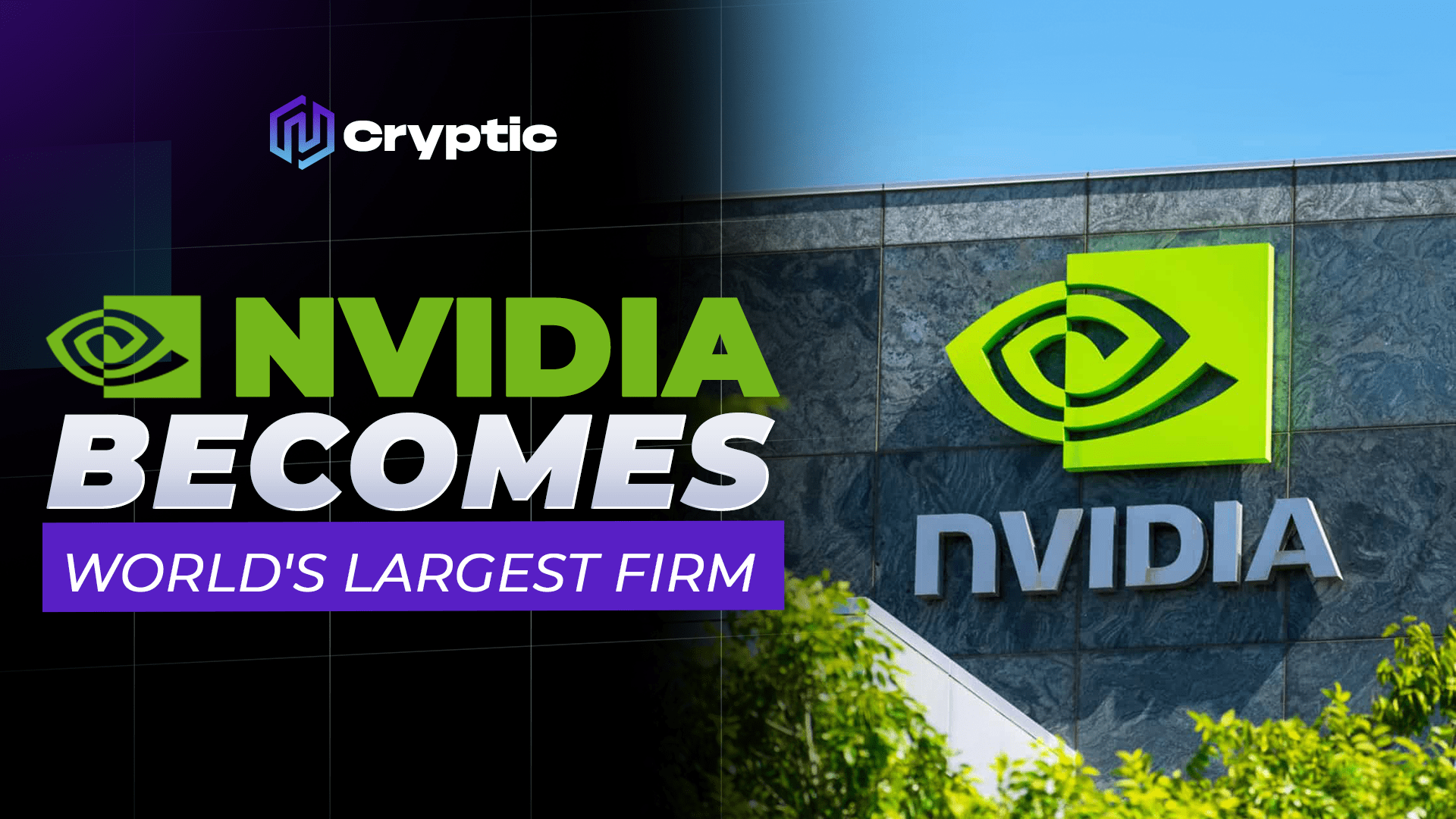
In June 2024, Nvidia achieved a remarkable feat: surpassing Microsoft to become the world’s most valuable company by market capitalization. This meteoric rise, however, wasn’t a sudden event. It was the culmination of decades of strategic decisions, technological innovation, and a perfect storm within the tech industry.
Early Days: The Graphics Powerhouse (1990s-2000s)
Founded in 1993, Nvidia carved a niche in the personal computer market by developing high-performance graphics processing units (GPUs). These chips revolutionized the way computers processed visuals, enabling smoother gameplay for gamers and more realistic rendering for graphic designers. Nvidia’s focus on innovation and performance quickly established them as a leader in the GPU market.
The Gaming Boom and the Rise of AI (2010s-2020s)
The rise of esports and graphically demanding games in the 2010s further fueled Nvidia’s growth. Their GPUs became the must-have component for serious gamers, solidifying their position in the enthusiast market. However, Nvidia’s vision extended beyond gaming. They recognized the potential of GPUs for artificial intelligence (AI) applications. By developing specialized AI processing units (AIUs) and software tools like CUDA, Nvidia empowered researchers and developers to leverage the parallel processing power of GPUs for complex AI tasks. This diversification proved pivotal.
The AI Frenzy and the Perfect Storm (2020s)
The 2020s witnessed a surge in AI adoption across various industries. From self-driving cars and facial recognition to drug discovery and financial modeling, AI became a transformative force. Nvidia, with its powerful AI hardware and software stack, was perfectly positioned to capitalize on this trend. The demand for Nvidia’s AI solutions skyrocketed, driving up their stock price exponentially.
Beyond Gaming and AI: A Diversified Future
While gaming and AI remain core markets for Nvidia, they are actively exploring new frontiers. Their GPUs are being utilized in high-performance computing (HPC) applications like weather modeling and scientific simulations. Additionally, Nvidia’s acquisition of Arm Holdings, a leading chip designer, further strengthens their position in the broader semiconductor landscape.
Challenges and the Road Ahead
Nvidia’s journey hasn’t been without hurdles. The global chip shortage and supply chain disruptions have impacted production. Additionally, the rise of quantum computing poses potential challenges to traditional cryptography methods used by Nvidia. However, their commitment to research and development, coupled with a diversified product portfolio, suggests they are well-equipped to navigate these challenges.
Conclusion
Nvidia’s rise to the top of the tech world is a testament to their unwavering focus on innovation and adaptability. From conquering the graphics market to leading the charge in AI, they have consistently pushed boundaries. As technology continues to evolve and new opportunities emerge, Nvidia is well-positioned to remain a dominant force in the ever-changing digital landscape.



Leave a Reply